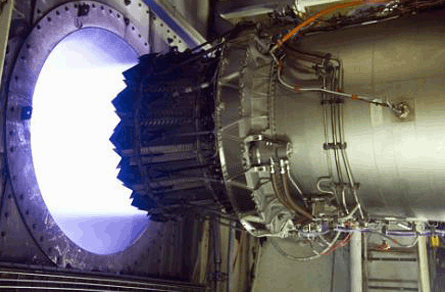Despite a library full of news articles to the contrary, President Barack Obama never threatened to veto a defence spending bill that included funding added by Congress to continue development of the General Electric/Rolls-Royce F136 alternate engine. It is a myth.
What Obama actually said was carefully nuanced. He threatened a veto only if the extra F136 funds significantly disrupted the Lockheed Martin F-35 Joint Strike Fighter programme.
This was no little quibble. At the time of Obama's threat in June, the House of Representatives had proposed a bill that inserted funding for the F136, seemingly at the expense of the F-35 it's meant to power, with two of the 30 fighters deleted from the procurement plan for fiscal year 2010.
 |
|---|
© General Electric/Rolls-Royce |
Brig Gen David Heinz, who is no friend of the strategy to sole-source the F-35 engine to Pratt & Whitney, had also warned that funding the F136 in this manner would cost him more than 50 airframes over the next five years. Fewer aircraft built means higher unit costs per aircraft and a longer learning curve. Hence, Heinz's warning and Obama's threat.
So Congressional appropriators evidently reached a compromise last week that restored funds both for the F136 and the two airframes deleted previously. In this sense, Obama's veto threat worked.
But this should not be the lesson learned. This is no way to run a procurement programme, with veto threats guiding decisions that are at odds with Department of Defense policy. It is time for the DoD to accept the inevitable. After failing to kill the F136 despite years of trying, it should embrace the two-engine strategy.
It may never produce the promised economic benefits. It might come close to breaking even. But the F136's existence will keep both engine makers on their toes, plus give the international partners the kind of choice that all buyers of aircraft covet.
Source: Flight International



















